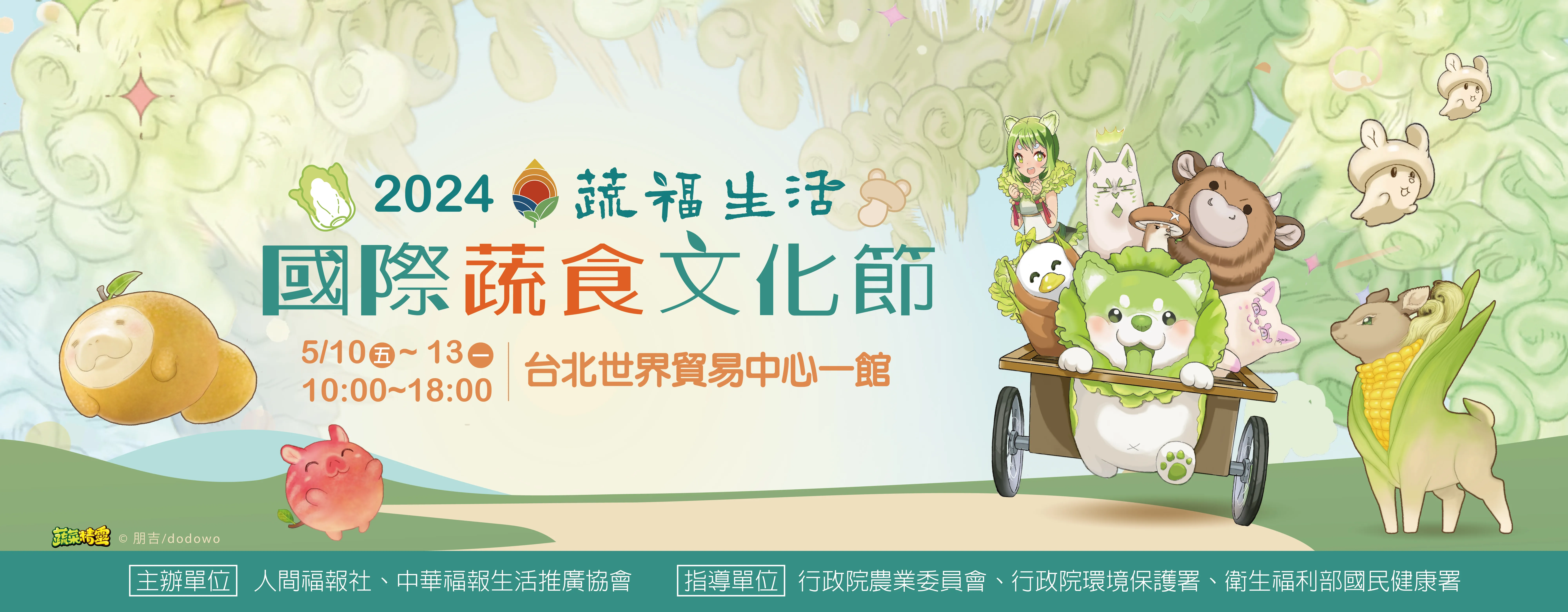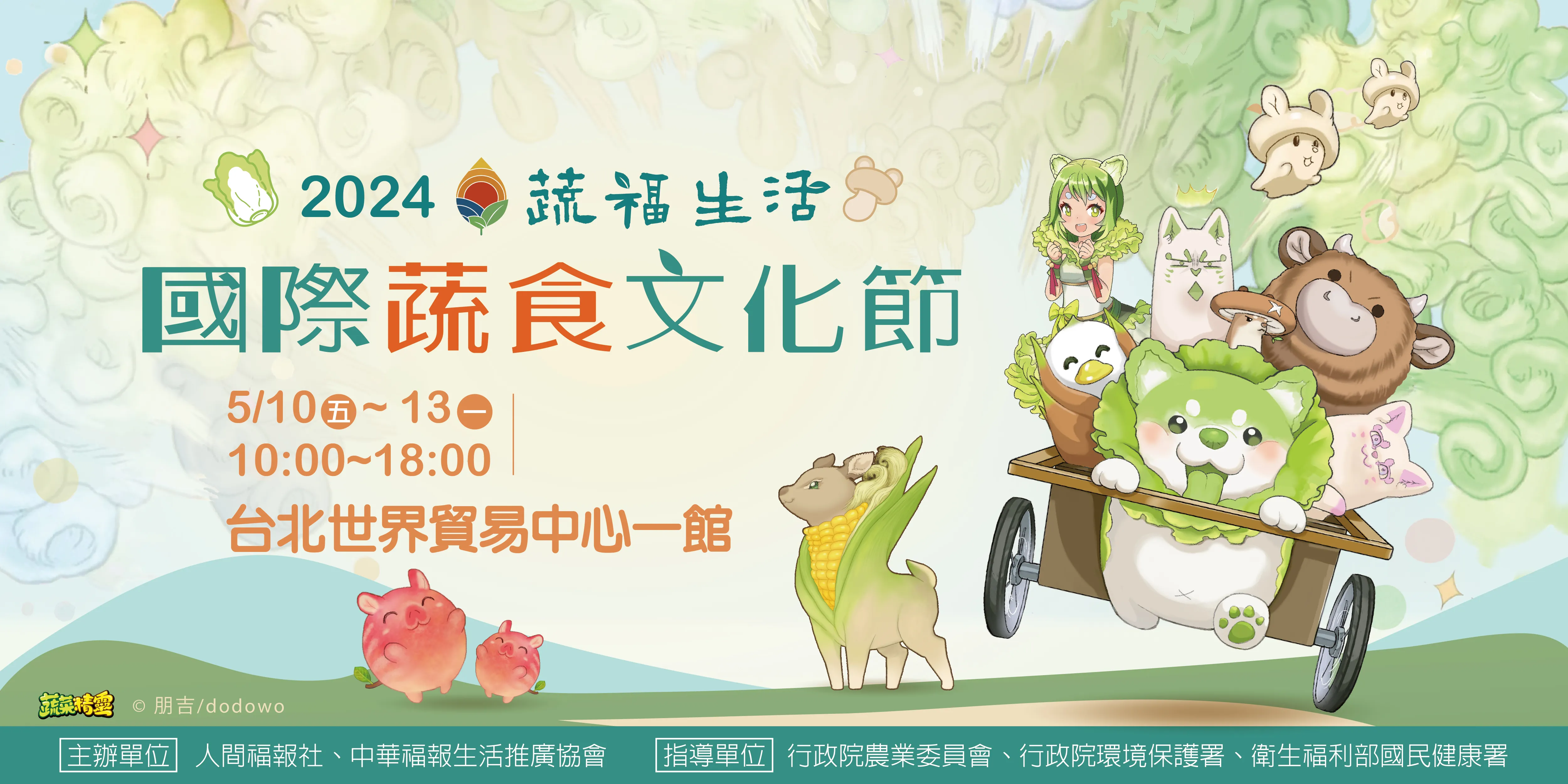


| 時代: | 清朝中後期 (西元1796-1820) |
| 出土地點: | 傳世品 |
| 尺寸: | 高度:約80 cm 長度:約55 cm 寬度:約20 cm 重量:約30 kg |
| 質地: | 黃銅鎏金掐絲琺瑯 |
| 數量: | 1組2件 |
薰爐蓋頂是銅鎏金顧首夔鳳,鳳凰踩在鏤空雲紋上,蓋中央鏤空四開光,開光內為夔龍和夔鳳相對,開光外以深藍色琺瑯彩為底,飾掐絲琺瑯捲草花卉。
They are made of copper with gilded and cloisonné enamel decoration, featuring phoenix motifs. The lids of the incense burners are crowned with gilded and stylized kuifeng, while the phoenixes stand on openwork cloud patterns. The central section of the lid features an openwork design with four openings, within which there are opposing kuilong and kuifeng motifs. The outer area of the openwork is adorned with deep blue enamel, intricately decorated with cloisonné enamel scrollwork floral patterns.
器身主體為鳳凰,鳳凰頭冠是標準清朝乾隆後期的鳳冠,鳳凰胸前有獸面紋,胸前和腿部是掐絲菱格紋,雙翅前有花卉和夔龍紋,雙翅上捲、尾部下捲,羽毛和翅膀內部皆以掐絲為邊,填入色彩繽紛的琺瑯礦物彩料,鳳凰背上駝薰爐,薰爐頂部以深藍色為底、頸部以湖水綠為底,上飾掐絲琺瑯捲草花卉,薰爐和鳳凰以銅鎏金仰覆式蓮瓣相接,蓮瓣是標準清朝乾隆後期之蓮瓣樣式。
The main body of the burners features phoenix motifs. The phoenixes wear the standard Qing dynasty Qianlong-period headdresses. They exhibit mythical beast-like faces on their chests, and their chests and legs are adorned with cloisonné diamond lattice patterns. Floral and kuilong motifs are present on the wings' front sides. The wings curl upwards, and the tails curl downwards. The feathers and wings' interiors are lined with cloisonné edges, filled with vibrant enamel mineral pigments. Each phoenix carries a cylindrical incense burner on its back. The upper part of the burner's body is adorned with cloisonné scrollwork floral patterns over a deep blue background, while the neck is decorated with a lake-green hue.
The incense burners and the phoenixes are connected by gilded lotus petals in an overlapping manner, showcasing a style typical of the late Qing dynasty Qianlong period.
紋飾皆以掐絲為邊,再填厚實、不透明的琺瑯礦物彩料,琺瑯礦物彩料放大後觀之有雜質、沙眼,係因為低溫窯燒燒製,琺瑯彩都是標準清朝中後期宮廷常見的色系和紋飾。琺瑯彩有天然包漿銅胎之氧化效應,溫潤呈現寶光。
The overall design is outlined using cloisonné edges, with thick and opaque enamel mineral pigments filling the spaces. Due to the low-temperature firing process, some impurities and sand-like textures can be observed in the enlarged enamel mineral pigments. The color palette and patterns of the enamel are consistent with those commonly found in courtly productions during the mid-to-late Qing dynasty. These cloisonné enamels exhibit a natural patina due to the oxidation of the copper base, resulting in a lustrous and precious appearance.
黃銅胎與清朝初期相比較重,與明朝銅鎏金相比,胎體微輕,鎏金色澤較黃亮,是清朝中後期標準的鎏金方式。此件鑄造方式是標準大型脫蠟法,局部有沙孔,紋飾細膩,少部分有鎏金和掐絲脫落的痕跡。
In comparison to early Qing period brassware, this pair is slightly heavier due to the brass base and lighter in comparison to Ming dynasty gilded copper items. The gilded finish appears brighter and more yellow, adhering to the standard gilding technique of the mid-to-late Qing dynasty. These pieces were crafted using the standard large-scale lost-wax casting method, resulting in exquisite detailing, although some sand holes might be present in localized areas. Minor traces of gilding and cloisonné enamel loss can be observed.
